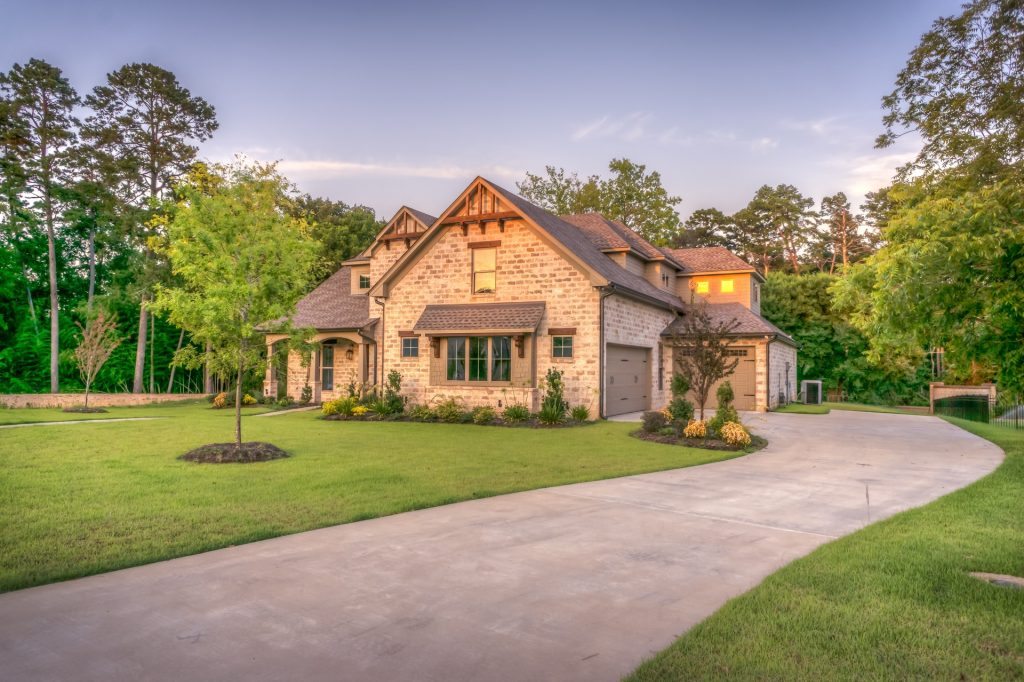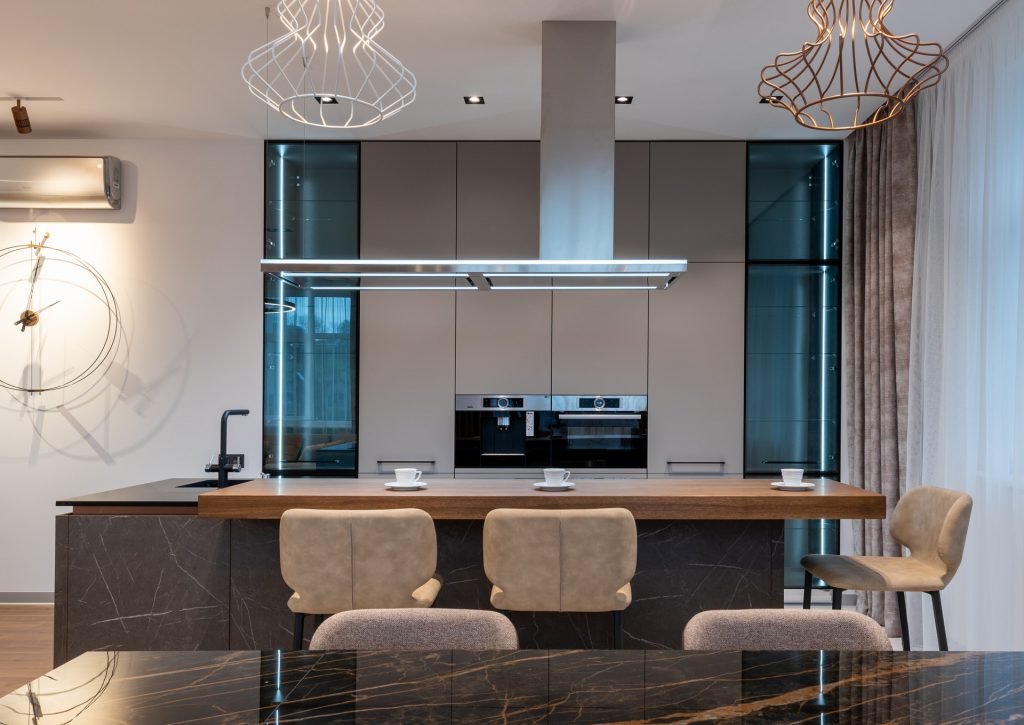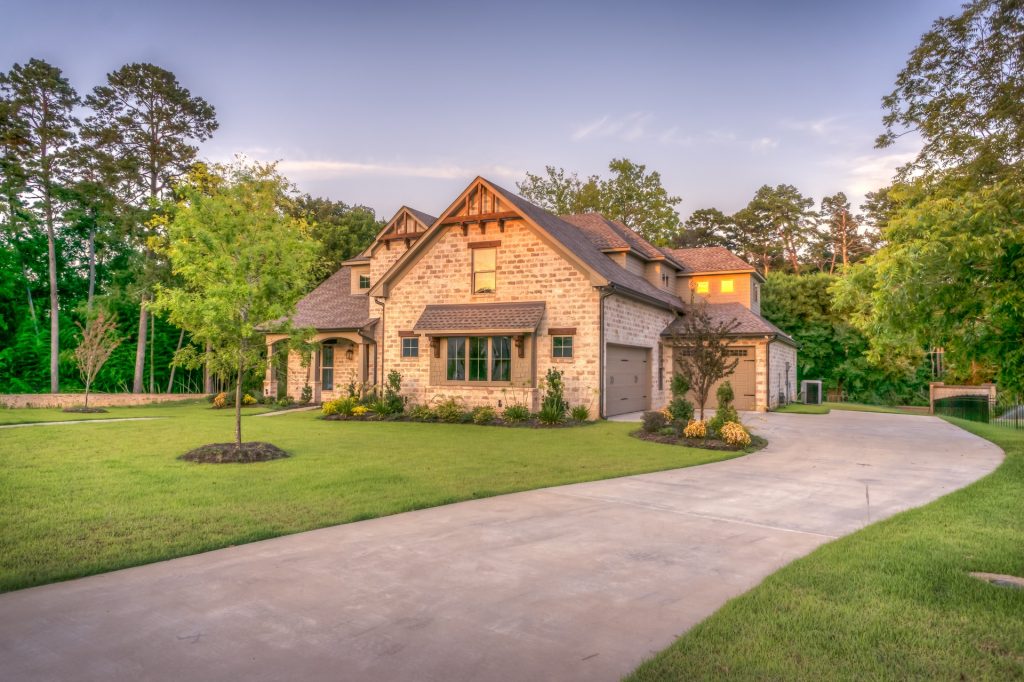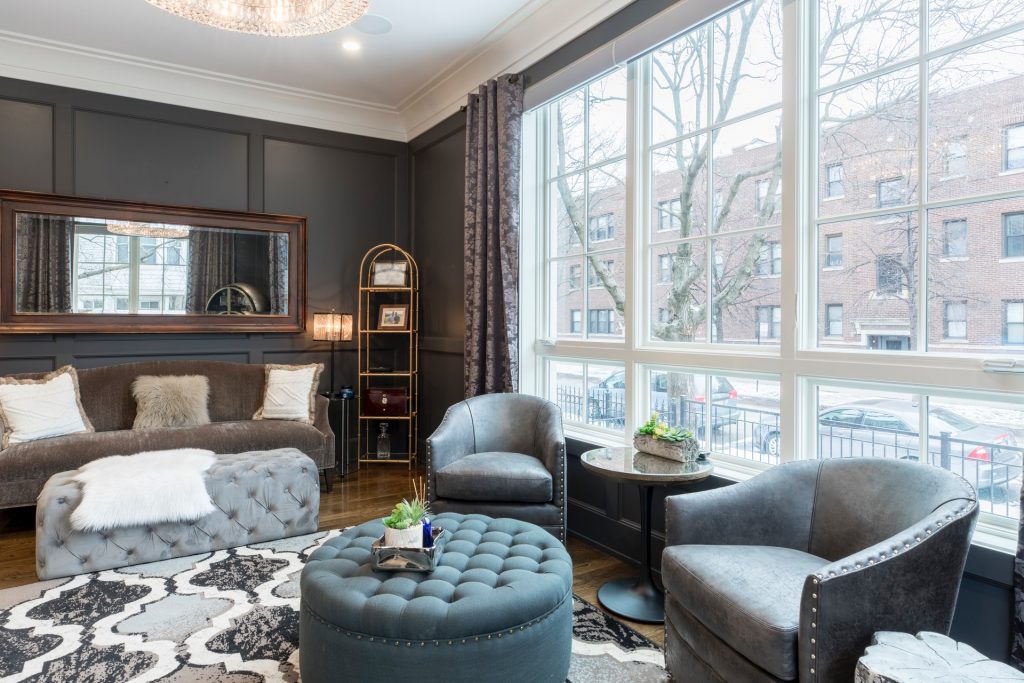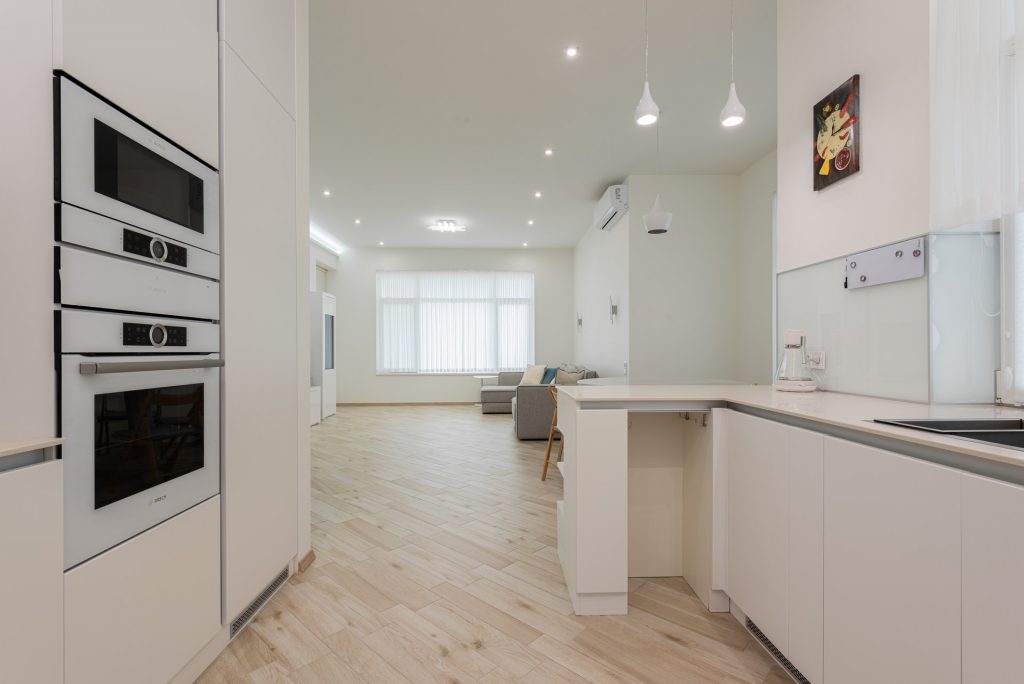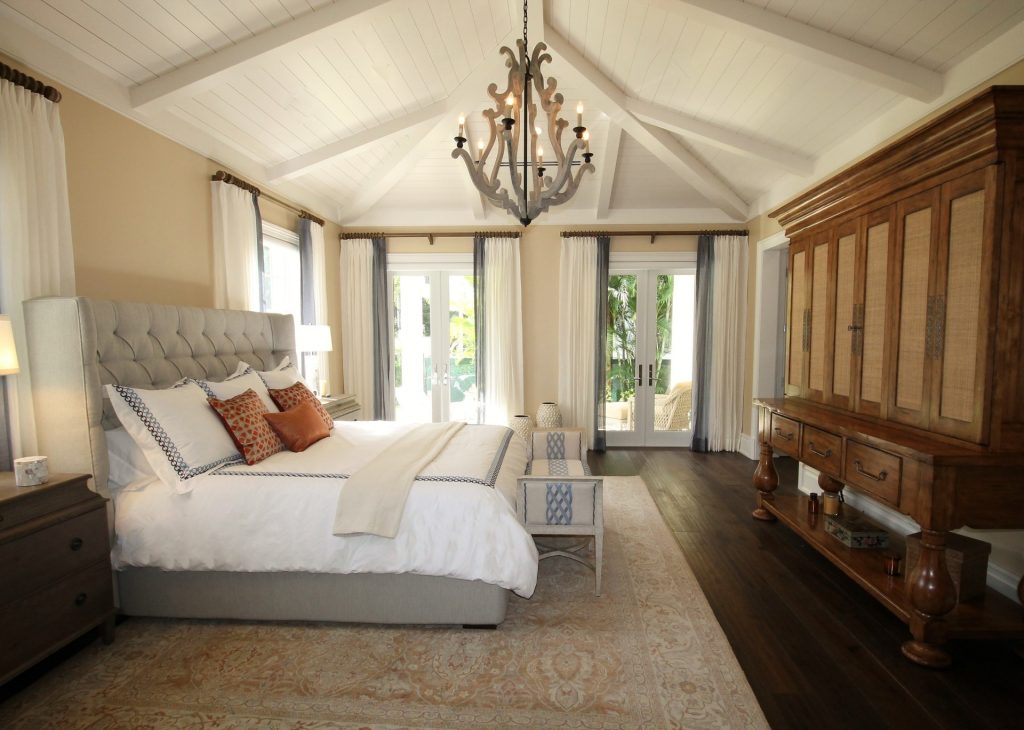
The design flexibility, cost efficiency, and ease of erection of steel have made steel buildings the structures of choice for retailers across America–especially those stores with multi-site operations. As a result, the increasing demand on steel buildings has created remarkable innovations in steel building technology. There are several factors to explain this phenomenon that are worth identifying.
For example, a number of building developers benefit from the speed and ease in which steel buildings can be constructed and the overall lower cost. A great number of owners are remodeling their current properties or framing new structures with steel. These companies know that the entire costs of building with steel are only a fraction of the price of conventional structures. Several design alternatives are possible–even with the strictest of project budgets. These savings can then be passed on to the patron.
You will appreciate a cheaper cost of labor. Much depends on local labor costs, but the overwhelming majority of steel buildings can be set up rapidly with the economy of a single work crew. Very often, a small amount of professional aide is necessary. As a matter of fact, when building smaller structures sometimes no professional help whatsoever is necessary.
Maintaining a steel building with a comfortable climate is possible thanks to the great improvements in insulation technology. Developers are generally selecting the steel building design thanks to the savings resulting from its ability to conserve energy. A completely insulated pre-fabricated steel building will out-perform traditional structures and warm in the winter and cool in the summer.
Advances in steel building technology have also resulted in such amenities as ridge vents, skylights, louvers, as well as more common features as wind resistance and enhanced steel roofing systems. Regardless of the climate, you can know confidently that your personnel are all safe inside a pre-fabricated steel building. Because of its snug connections and reinforced metal alloy, steel buildings can withstand the weight from heavy snow and the potential leakage from heavy rains.
Almost any combination of structural, roofing, and facade applications are possible due to the current innovations in steel building technology. The clear-span frame, another popular option, can reach up to 300 ft. in width, have unlimited length capabilities, and require no walls or columns to allow your store all of the space it requires in an unobstructed environment. A variety of steel roofing styles are available, such as parapets and mansards. You can also select standing seam applications; and not to mention, having your roof painted in just about any color you desire. Steel buildings are the attractive choice for today’s retail store owners and the smarter choice for tomorrow’s requirements.

